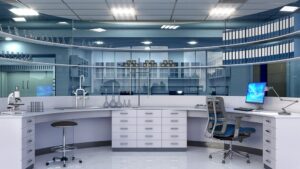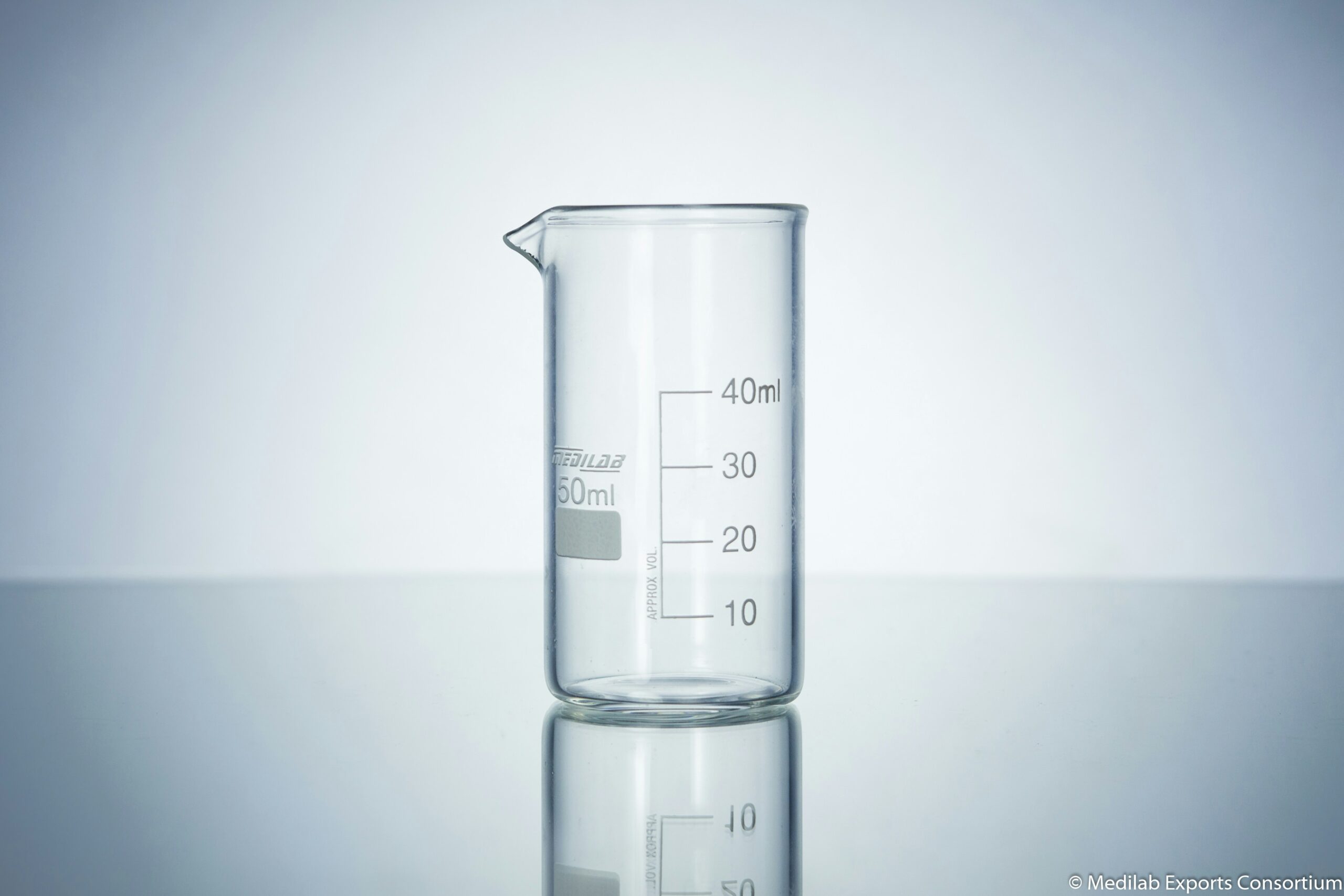
In any research facility, laboratory researchers and technicians conduct various daily activities at their designated lab tables. This article will explore why metal lab tables are a staple in these environments.
Researchers’ tasks range from experimental design and planning to data recording and analysis. They could begin their day by designing and arranging experiments, considering variables, and preparing materials and equipment.
During experiments, they may set off reactions, calibrate equipment, and monitor progress. This process involves measuring, weighing, mixing, purifying, heating, and cooling samples to achieve desired outcomes. Additionally, researchers may be involved in growing cultures, preparing slides for microscopy, and recording observations and data.
Throughout these activities, researchers and technicians continuously theorize about their results, forming hypotheses and refining their experimental approach. This dynamic and hands-on work highlights the importance of sturdy and versatile lab tables in supporting these essential activities, and the staple material in research facilities happens to be metal.
Types of Metal and Their Suitability for Research Lab Tables
While various metals can be used for laboratory tables and other lab furniture such as workstations and storage cabinets, some are more suitable than others due to their properties. Here are some common metals used for lab tables:
- Stainless Steel: Stainless steel is one of the most common metals used for lab tables due to its durability, corrosion resistance, and ease of cleaning. It is also resistant to many laboratory chemicals, making it suitable for a wide range of laboratory applications.
- Steel: Plain steel is less common for lab tables due to its susceptibility to rust and corrosion. However, it can be used if properly treated or coated to resist these issues.
- Aluminum: Aluminum is lightweight, durable, and resistant to corrosion, making it suitable for some lab applications. However, it is not as strong as steel and may not be suitable for heavy-duty use.
- Cast Iron: Cast iron is strong and durable, but it is also heavy and prone to rust. It is less common for lab tables but can be used in certain applications where its properties are advantageous.
- Other Alloys: Various other metal alloys can be used for lab tables, depending on the specific requirements of the application. These may include materials such as titanium, brass, or copper alloys.
When choosing a metal for a lab table, it is essential to consider factors such as the table’s intended use, the types of chemicals it will be exposed to, and the required durability and strength. Stainless steel is often the preferred choice due to its overall suitability for laboratory environments, and will be the subject of the following discussion.
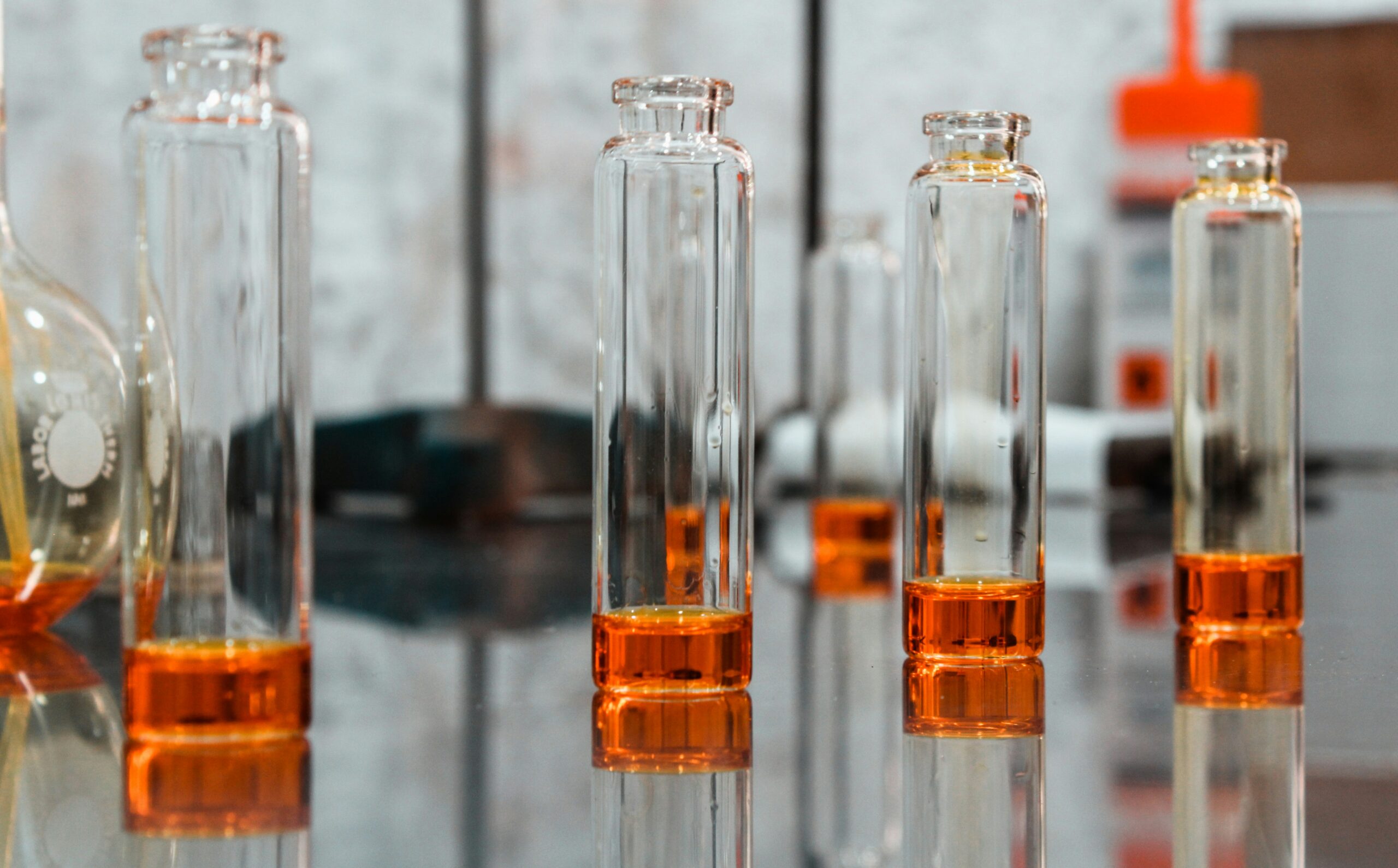
Stainless Steel vs. Painted Steel
While stainless steel and powder-coated or painted steel lab tables are widely available, their properties differ.
Painted Steel
- Pros: Generally, less expensive than stainless steel. It comes in a variety of colors, which can help with lab organization and aesthetics. It can be durable if properly maintained and coated with high-quality paint.
- Cons: Susceptible to chipping, scratching, and rusting if the paint is damaged. Not as resistant to corrosion or chemicals as stainless steel. May require more maintenance and care.
Stainless Steel:
- Pros: Highly resistant to corrosion, rust, and staining, making it ideal for environments where chemicals are used. Durable and easy to clean. Maintains its appearance over time.
- Cons: Typically pricier than painted steel. It can show fingerprints and scratches more easily, though these can often be buffed out.
In summary, if cost is a significant factor and the lab environment is not highly corrosive, painted steel may be a suitable option. However, for durability and resistance to corrosion, stainless steel is generally preferred in laboratory settings.
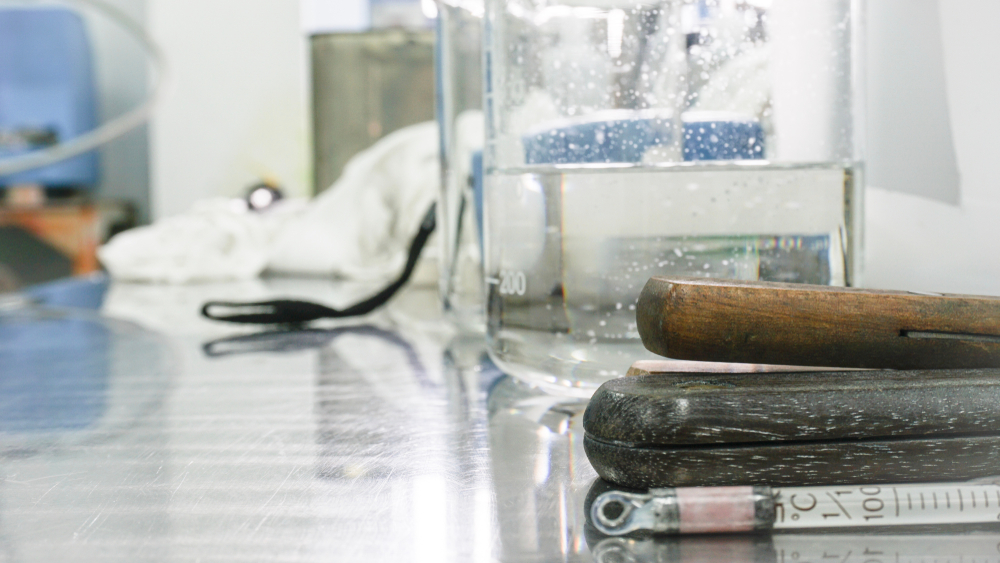
Metal Lab Tables Are a Staple in Any Research Facility
The properties of metal lab tables, particularly stainless steel, are what make them the top choice for research lab tables (and also an accepted material for regulatory requirements).
Durability
Stainless steel tables are renowned for their exceptional resistance in laboratory environments, making them a preferred choice for researchers and scientists.
Their resistance to corrosion, rust, and stains ensures longevity even in the harshest of chemical or moisture-rich settings. This durability not only ensures a longer lifespan for the tables but also reduces the risk of contamination from chipped or worn surfaces.
Additionally, the smooth, non-porous surface of stainless steel makes it easy to clean and maintain, maintaining a hygienic workspace. This exceptional resistance to wear and tear, coupled with its aesthetic appeal, makes stainless-steel tables an invaluable asset in any laboratory setting.
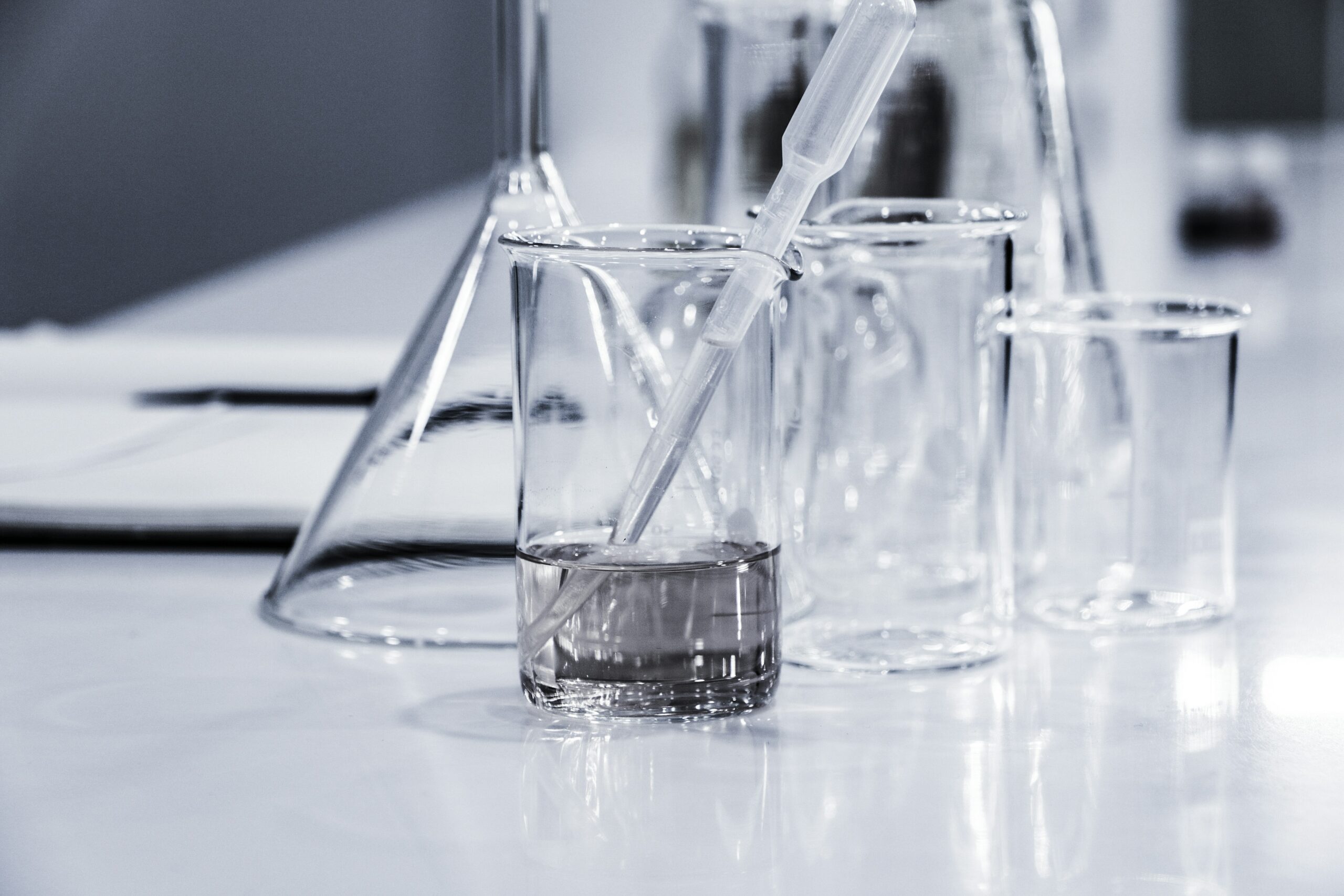
Cleanliness
Stainless steel’s sterile and easy-to-clean properties make it an ideal material for use in environments where hygiene is paramount, such as laboratories and healthcare facilities. The smooth, non-porous surface of stainless steel is moisture resistant and prevents the accumulation of bacteria, mold, and other pathogens, making it easier to maintain a sterile environment.
Additionally, stainless steel is highly resistant to corrosion and staining, allowing for frequent cleaning with harsh chemicals or disinfectants without damaging the material.
This ease of cleaning ensures a sanitary workspace and extends the lifespan of the stainless-steel equipment, making it a practical and cost-effective choice for research.
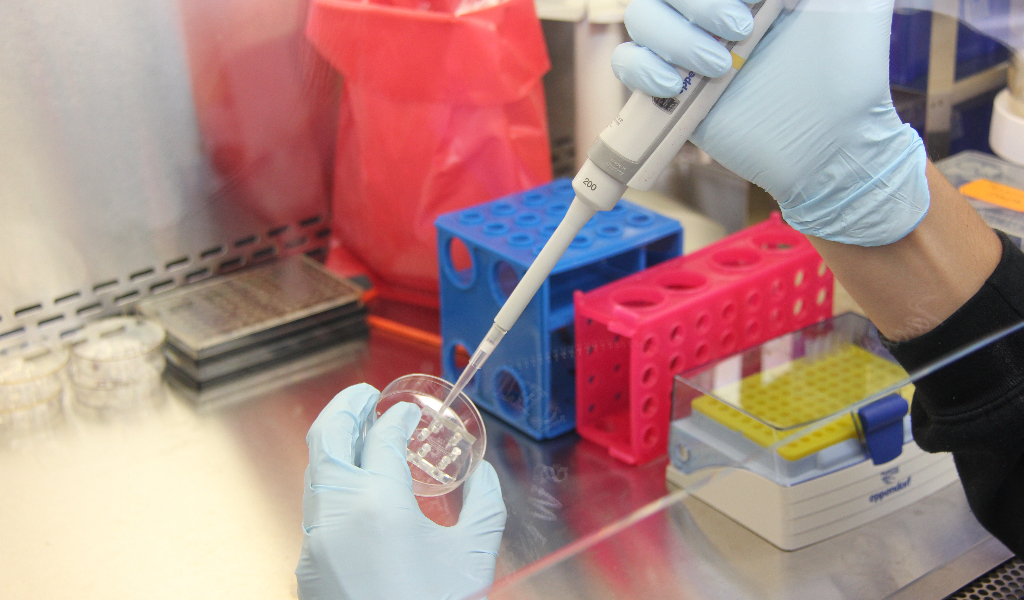
Chemical Resistance
Stainless steel lab tables are highly regarded for their exceptional chemical resistance, making them a preferred choice for environments where exposure to corrosive substances is common.
The alloy composition of stainless steel, particularly its high chromium content, provides a protective layer that prevents corrosion and deterioration when exposed to acids, bases, and other harsh chemicals.
This resistance not only ensures the longevity of the lab tables but also minimizes the risk of contamination from chemical reactions or spills. Researchers and scientists can confidently use stainless-steel lab tables, knowing that they can withstand the rigors of chemical experimentation while maintaining their structural integrity and safety.
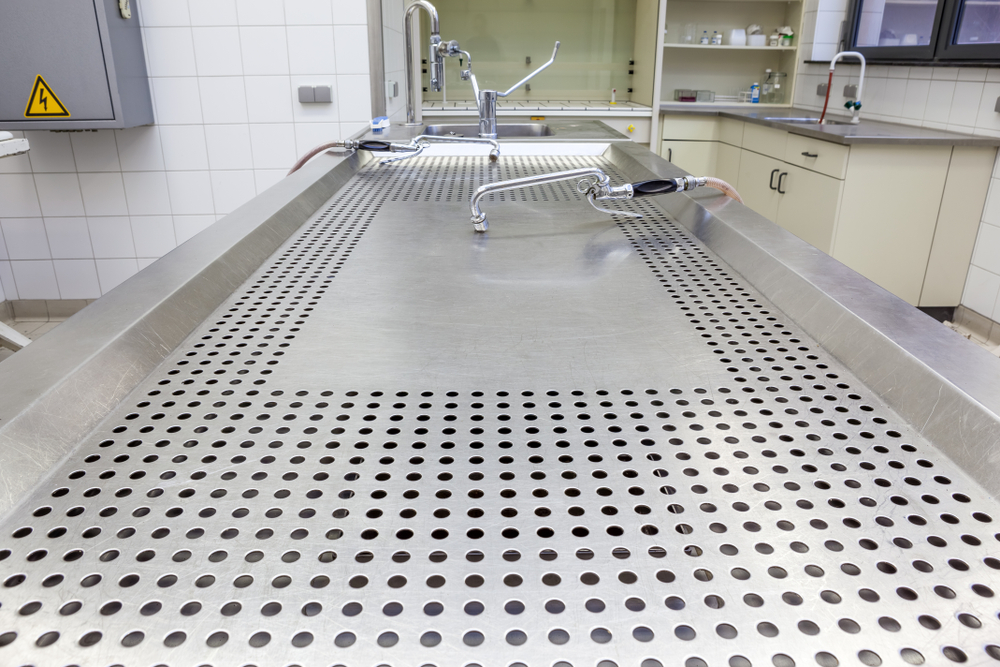
Versatility
Stainless steel work surfaces are highly versatile and find extensive use across a wide range of laboratory settings. These include pharmaceutical manufacturing and scientific research labs, biosafety labs, and animal research labs. Also, hospital operating labs, hospital research labs, autopsy labs, and food research and testing labs.
- Stainless steel is suitable for many laboratory tables in any work area of a laboratory, including drafting, balance, and microscopic tables, but its suitability can depend on specific requirements.
- Their durability, chemical resistance, and ease of cleaning make them well-suited for environments where cleanliness, sterility, and resistance to corrosion are crucial.
- In pharmaceutical manufacturing and research labs, stainless-steel tables provide a hygienic surface for preparing and handling medications and chemicals.
- In biosafety labs, they offer a safe and durable workspace for handling hazardous materials.
- In hospital operating and research labs, stainless-steel tables provide a sterile and stable surface for medical procedures and experiments.
- In animal research labs, they offer a durable and easy-to-clean surface for housing and handling animals.
- In autopsy labs, stainless-steel tables provide a sanitary surface for conducting post-mortem examinations.
- In food research and testing labs, they offer a hygienic and durable surface for analyzing food products.
- Additionally, stainless steel is non-porous, which helps prevent the accumulation of particles and contaminants, making it well-suited for use in environments where cleanliness is critical.
- Stainless steel tables are suitable for use in cleanrooms, as long as they are made from grade 304 or 316, which are higher grades. Stainless steel is a preferred material for cleanroom furniture due to its durability, corrosion resistance, and ease of cleaning. These properties make stainless-steel tables ideal for maintaining the cleanliness and sterility required in cleanroom environments.
Overall, the versatility of stainless-steel laboratory tables makes them an essential component of various laboratory settings, where they contribute to the efficiency, safety, and cleanliness of operations.
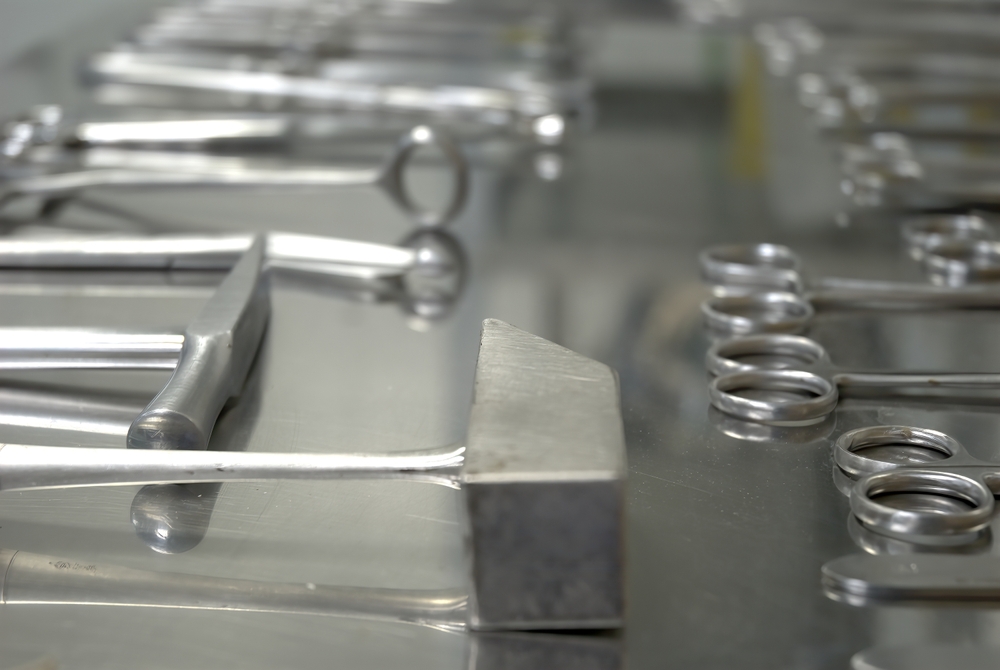
Customizable
Stainless steel lab tables are highly customizable, allowing them to be tailored to specific laboratory requirements.
These tables can be designed with ergonomic properties like adjustable heights, shelves, drawers, and other features to meet the needs of different research applications.
The ability to customize stainless-steel lab tables ensures that they can accommodate various laboratory equipment, tools, and supplies, optimizing workspace efficiency.
Furthermore, stainless steel’s sleek and modern appearance can unify the aesthetic of a laboratory, creating a clean and professional look and a pleasant work environment.
Stainless steel is often the lab design focus due to this unifying aesthetic enhances the overall workspace and reflects a commitment to quality and cleanliness, which is essential in laboratory environments.
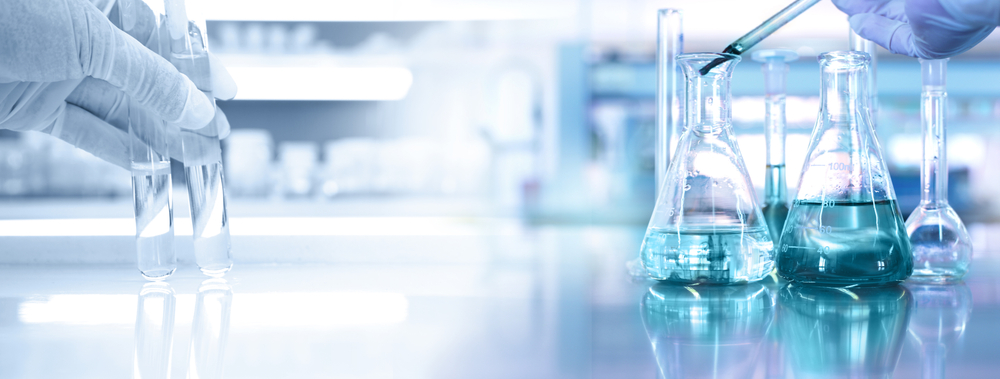
Longevity
Stainless steel lab tables and lab benches are known for their exceptional longevity, making them a cost-effective investment for any laboratory setting.
The durability of stainless steel ensures that these tables can withstand the rigors of daily use in a laboratory environment without warping, cracking, or corroding. Unlike other materials that may degrade over time, stainless steel maintains its structural integrity and appearance, even after years of heavy use.
This longevity reduces the need for frequent replacements and helps laboratories save money in the long run.
Additionally, stainless steel’s resistance to rust, corrosion, and staining ensures that these tables will remain in good condition for many years, making them a reliable and durable choice for any laboratory design.
Conclusion
Metal lab tables play a crucial role in facilitating the daily activities of laboratory researchers and technicians in research facilities worldwide. Lab table tops take more punishment than other countertops, casework, and other laboratory furniture. Stainless steel’s durability, chemical resistance, easy maintenance, and customizable features make these lab tables an indispensable asset in conducting experiments and analyzing results in any research or science lab.
The longevity of stainless-steel lab tables ensures that they remain a cost-effective investment, providing a stable and reliable workspace for years to come. As research continues to evolve and new discoveries are made, metal lab tables will remain a staple in research facilities, supporting the advancement of science and innovation.




